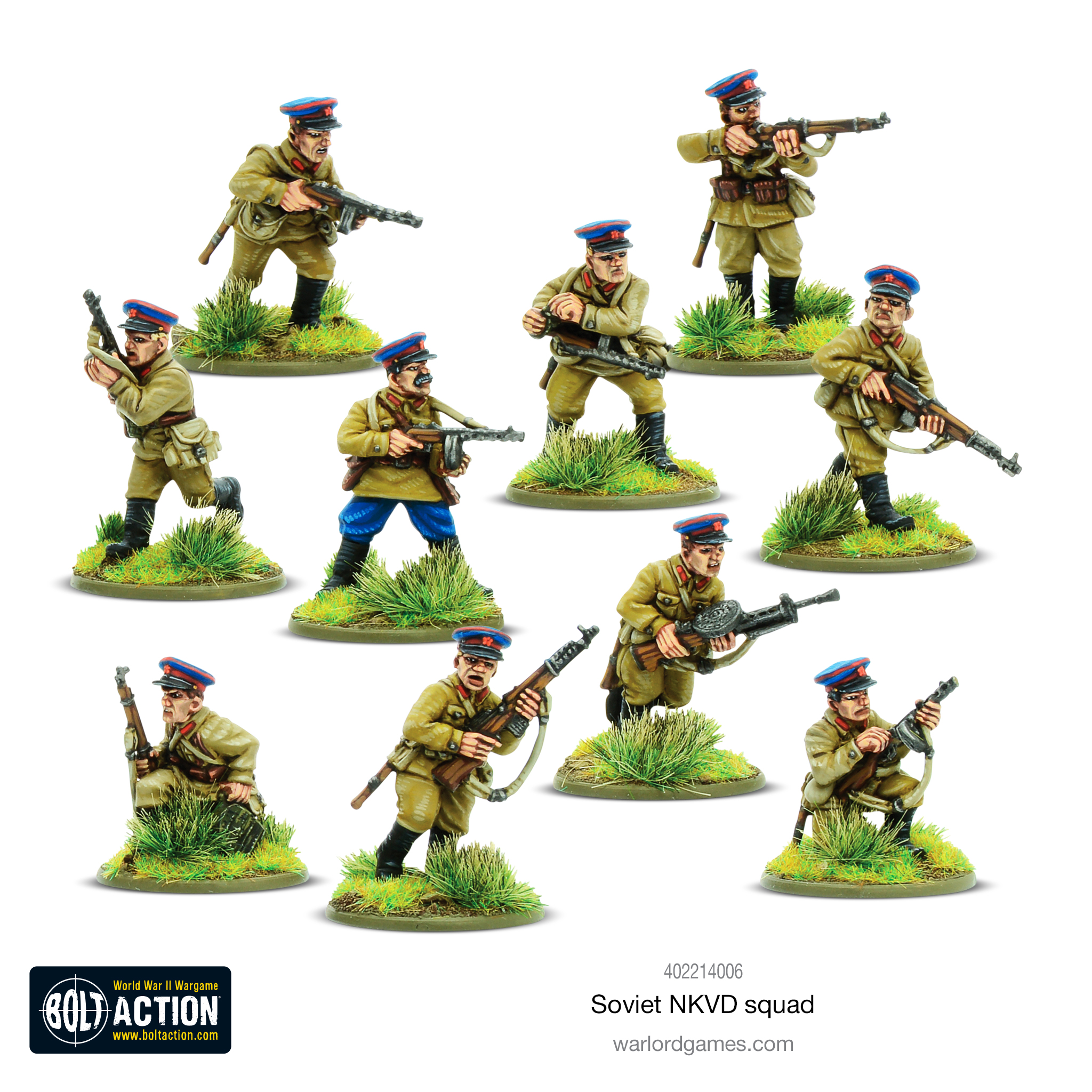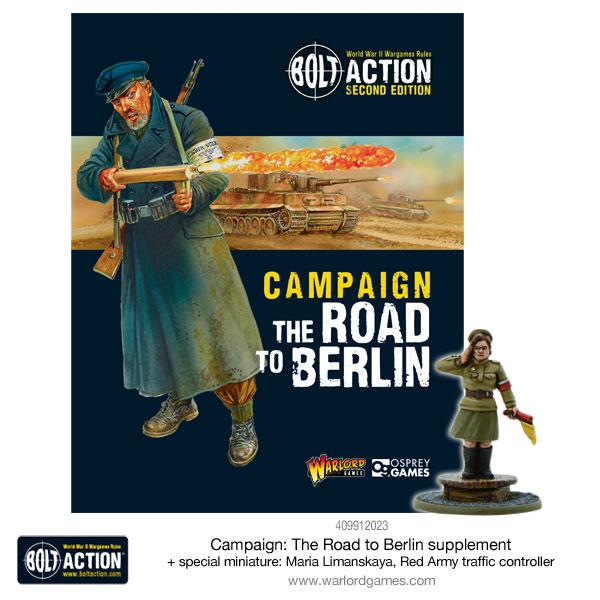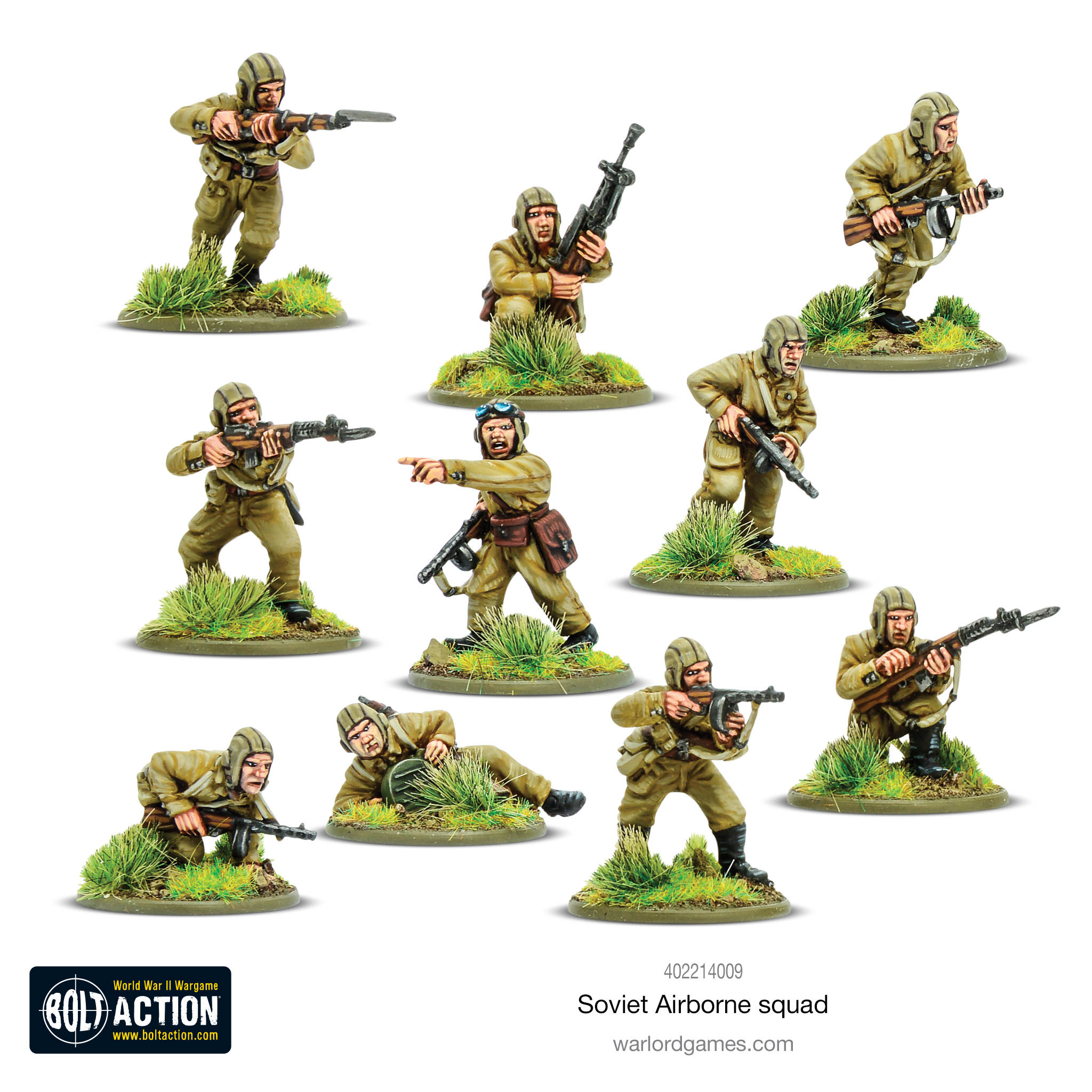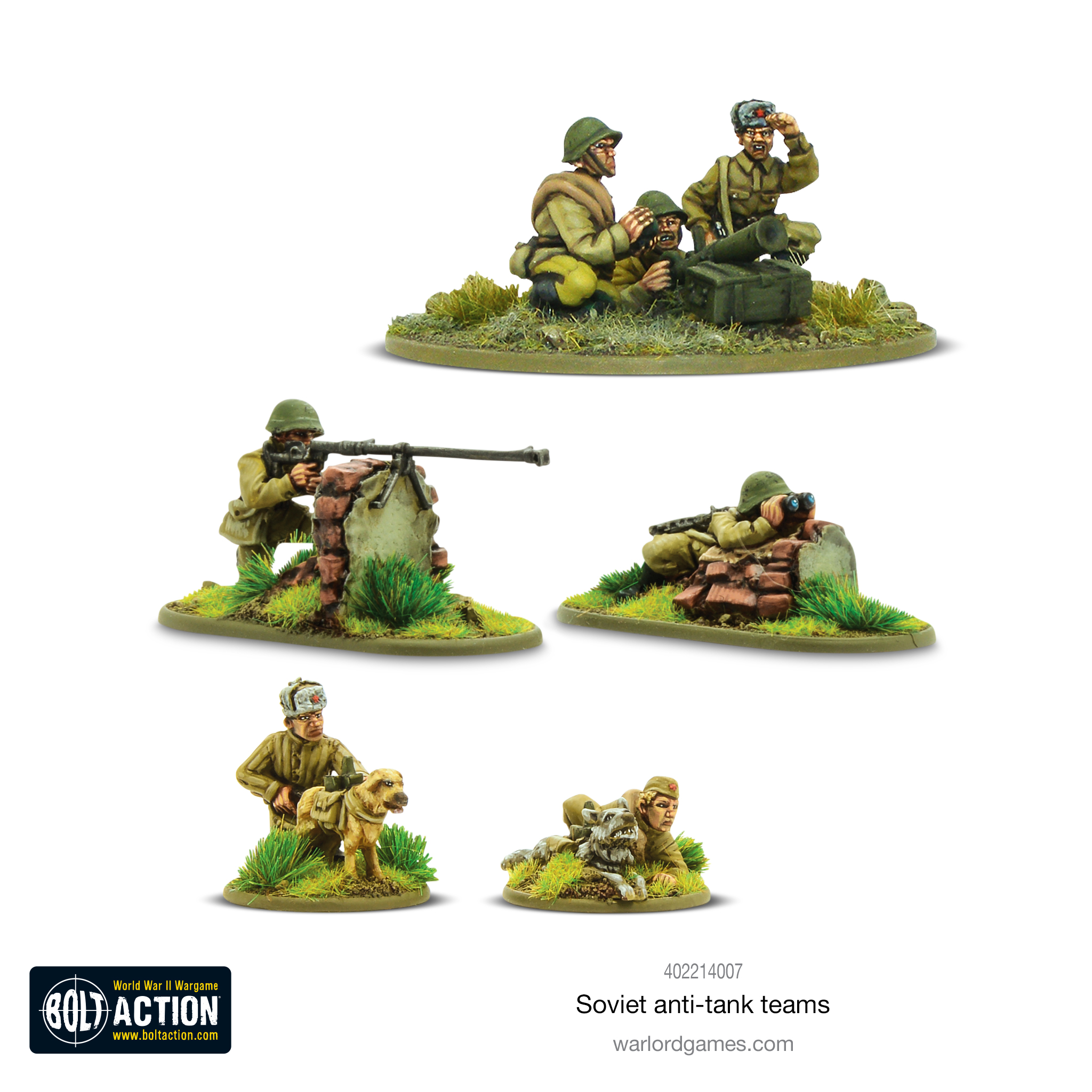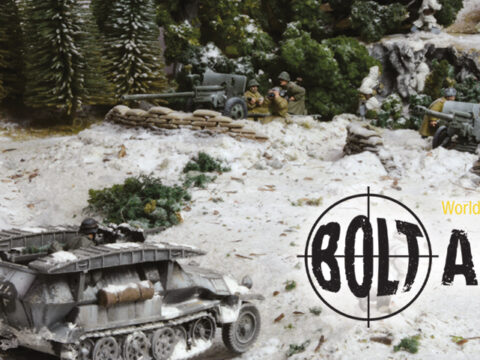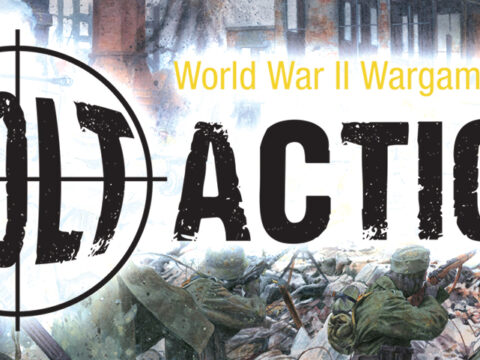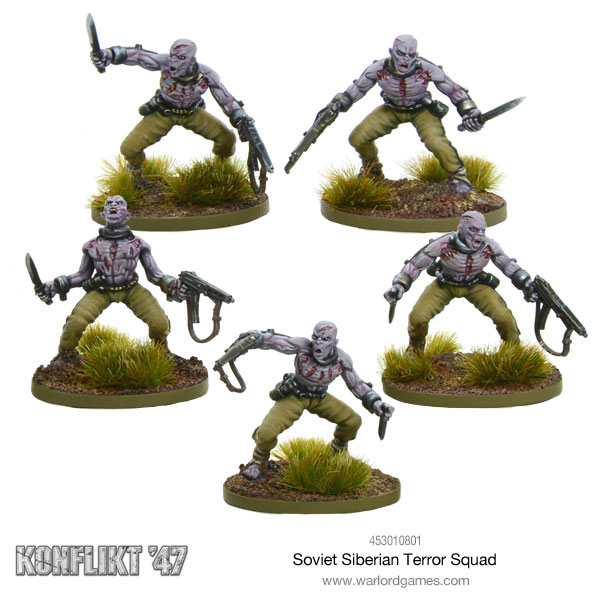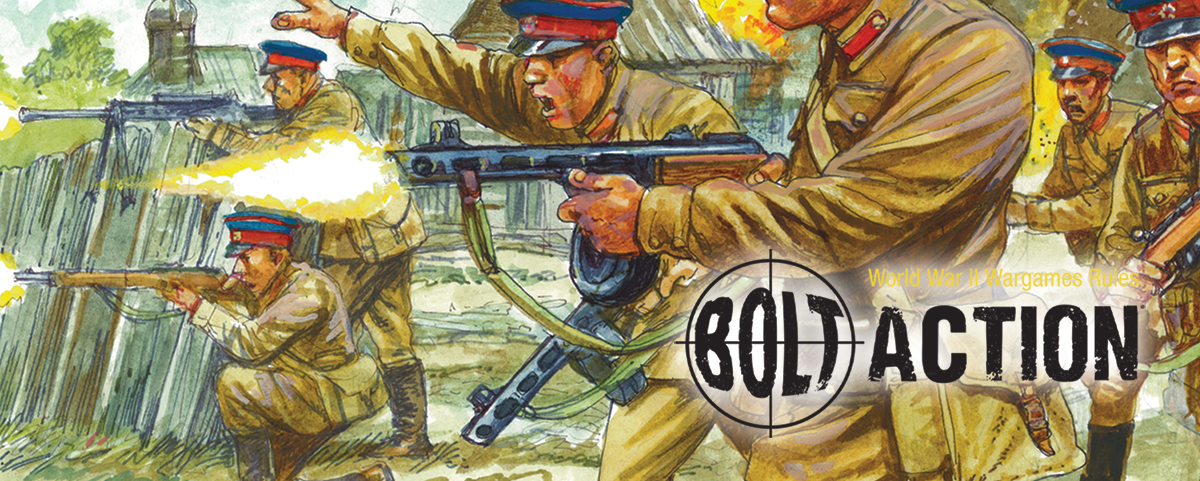
The history of special forces units within the Soviet Union is bound up with that of violence against political dissenters and the brutal repression instigated by Josef Stalin against the peoples of eastern Europe. It is not our intention to glorify these atrocities, or the people that committed them by representing them in miniature on the battlefield.
The Narodnyi Komissariat Vnutrennikh (‘The People’s Commissariat for Internal Affairs’ or NKVD) was formed in 1934 and fulfilled a role as the public police force of the USSR and guardians of the borders of the Rodina. They also infamously ran the Gulag forced labour camps whose inmates included political prisoners and many officers of the Soviet armed forces who had been purged for alleged disloyalty. Many of these were released after the Great Patriotic War began and often held a fear or hatred of this organisation which made cooperation between the regular armed forces and the NKVD very strained if not openly hostile.
The ODON
One NKVD unit has a history that dates back to the days of the Russian revolution, and the turbulent struggle for power that followed. The Otdel’naya diviziya operativnogo naznacheniya (initialised as ODON) began as an armoured car detachment providing security and transport for the Soviet leadership. By 1921, the detachment had been expanded to include four rifle platoons, a cavalry squadron and various logistics attachments. This detachment would be amalgamated with other internal security units to form a full-strength rifle division in 1929, and finally transferred to NKVD control.
The ODON detachment was the mailed fist of the Soviet government during the 20s and 30s, sallying out from their barracks around the Kremlin to smash groups of organised criminals and so-called enemies of the state. Their political reliability and fanatical fighting spirit made them perfect for this irregular warfare, particularly when supported by machine gun-armed armoured cars – an obstacle that even the most obstinate bandit couldn’t overcome with small arms alone.
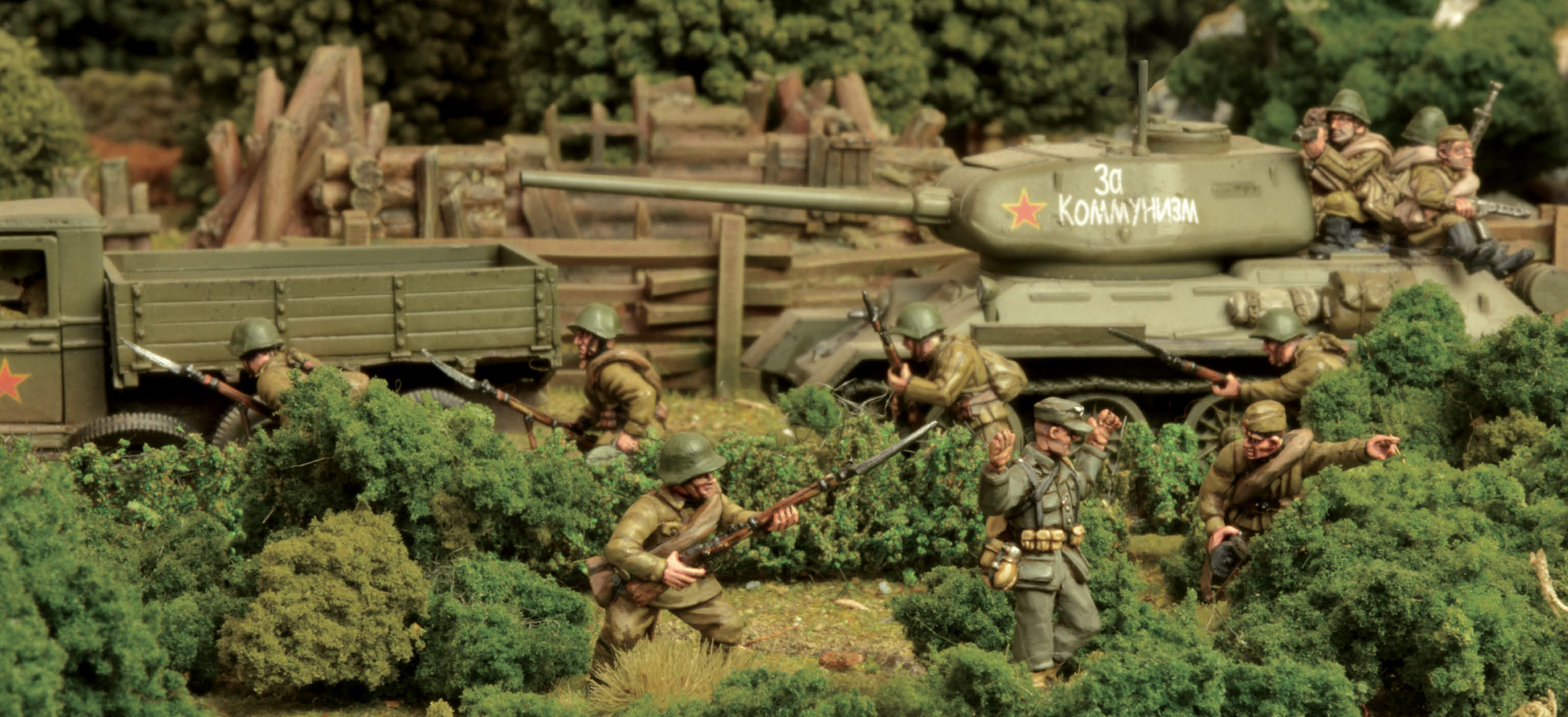
By 1941, the division was fully upgraded for modern warfare with both motorised and mechanised elements including its own tank squadron. These units would find themselves on the frontlines during the battle for Moscow, proving instrumental in preventing the Germans from taking the city. Elements of the division would be detailed to guard key installations against German incursion, and to patrol the streets for enemy spies and scouts. During the battle for Moscow, ODON commanders would claim to have caught 485 enemy agents.
Snipers from the division’s attached cavalry regiment would distinguish themselves in battle against the Germans, claiming to have killed over 800 officers and other ranks during the battle of Moscow alone. With the fighting at Moscow concluded, the division continued on as internal security troops. When the Yalta Conference between Churchill, Roosevelt and Stalin was convened, the men of the ODON were given the task of securing the site from German infiltrators.
In Bolt Action
In 1941 the Soviet Union’s fortified borders were manned by units of the NKVD. These units were almost entirely destroyed in the first weeks of the campaign. After this, NKVD troops were chiefly used for internal security, but could potentially fight on the frontline as they did at Stalingrad in 1942 (you’ll find them as part of many of the Soviet theatre selectors in Campaign Stalingrad) and during the Crimean Offensive in 1944.
In the normal course of operations, NKVD troops set up ‘blocking positions’ just behind the battle line to turn back fleeing troops with machine gun fire if necessary. NKVD checkpoints at bridges and road junctions monitored all traffic behind the front and were sometimes disguised as bridge-building crews or road repair gangs to catch out unauthorised movements. In 1943 the SMERSH (acronym from the Russian for ‘Death to Spies’) agency was formed as a distinct branch of the NKVD to carry out these tasks.
The figures in this set can also be painted to represent the Border Guards units with their trademark green caps.
Campaign Road to Berlin
The Struggle Continues section of the Road to Berlin Campaign book outlines the aftermath of the Warsaw Uprising, and provides players with an NKVD theatre selector to represent their battles against the elusive Polish Armia Krajowa in the farmlands of Western Poland. This selector primarily represents the NKVD in their role as second echelon units tasked to police the occupied territories captured by the Red Army during 1944 and 1945. It came as something of a shock to these units in Poland and Byelorussia when they came up against well-organised and determined partisans who had quickly switched from fighting the now-departed Germans to opposing the new invader.
Although NKVD troops and officers commanded respect from the ordinary Soviet soldier, the NKVD was not well versed in actual frontline combat and did not perform terribly well when fighting partisans or running into better-organised groups of German stragglers. The reinforced platoon detailed in the book is not well equipped to fight a properly trained and equipped enemy frontline force but it is a good match for Bolt Action battles with partisan forces such as the Polish Armia Krajowa.
More Soviet Pre-Orders
Soviet Airborne
The Soviets were visionaries in the development of airborne troops and tactics, first forming a brigade-sized airborne unit after successful trials in December 1932. More units followed and by June 1941 five Airborne Corps existed in the Soviet order of battle, undoubtedly the strongest airborne force in the world. However in the desperate fighting of the early campaign these formations were pressed into service as regular infantry and virtually consumed.
Airborne troops were finally dropped in battalion strength during the defence of Moscow during December 1941 and January 1942. An entire corps (the 4th) was dropped operationally in February 1942 but while it survived for six months in the German rear, it failed to achieve its objectives. The crisis at Stalingrad then pulled in all available airborne troops to fight as regular infantry again.
Soviet airborne troops always fought with tremendous courage and elan, but lacked heavy anti-tank weapons and were badly supported in every operation they attempted.
Soviet Anti-tank Teams
The armies of the Soviet Union had many weapons at their disposal to counteract the threat of German armoured formations – from orthodox anti-tank rifles, oddball ‘Molotov Cocktail’ throwers and the unconventional use of dogs as living anti-tank mines.
Whilst most nations were finding the anti-tank rifle underpowered against the latest armoured vehicles the Soviet continued to field them in large numbers even though to be truly effective they would need to be fired at a dangerously close range. The Ampulomet was a strange mortar-like device which threw a glass ball containing a mix of phosphorus and sulphur up to 400 yards albeit inaccurately.
Possibly the most unusual and controversial of anti-tank weapons are the ‘dog mines’. Fitted with a simple lever which would trigger the carried charge when the dog sought refuge under enemy tanks or vehicles. Many animals simply ran from the noise and smells of battle whilst others bolted for the safety of Soviet machines or trenches. The Germans were sufficiently startled to shoot all dogs on sight – Dog Mine teams are credited with destroying a number of German tanks at the battle of Kursk.

